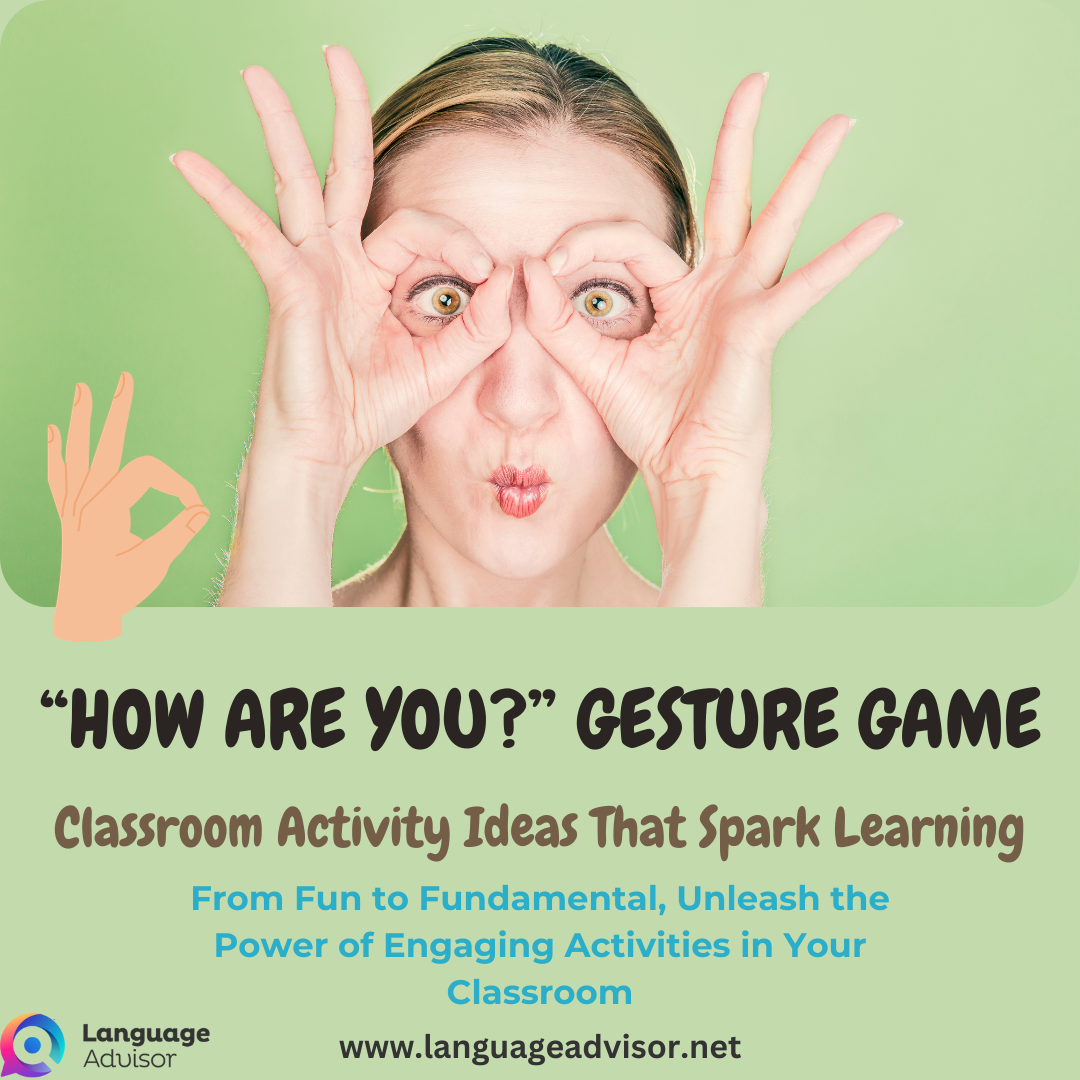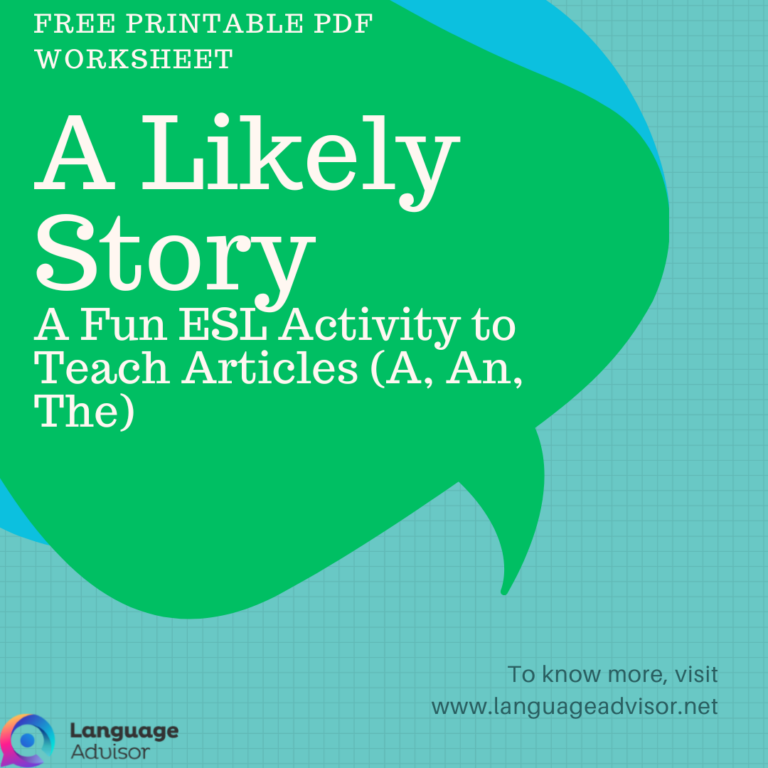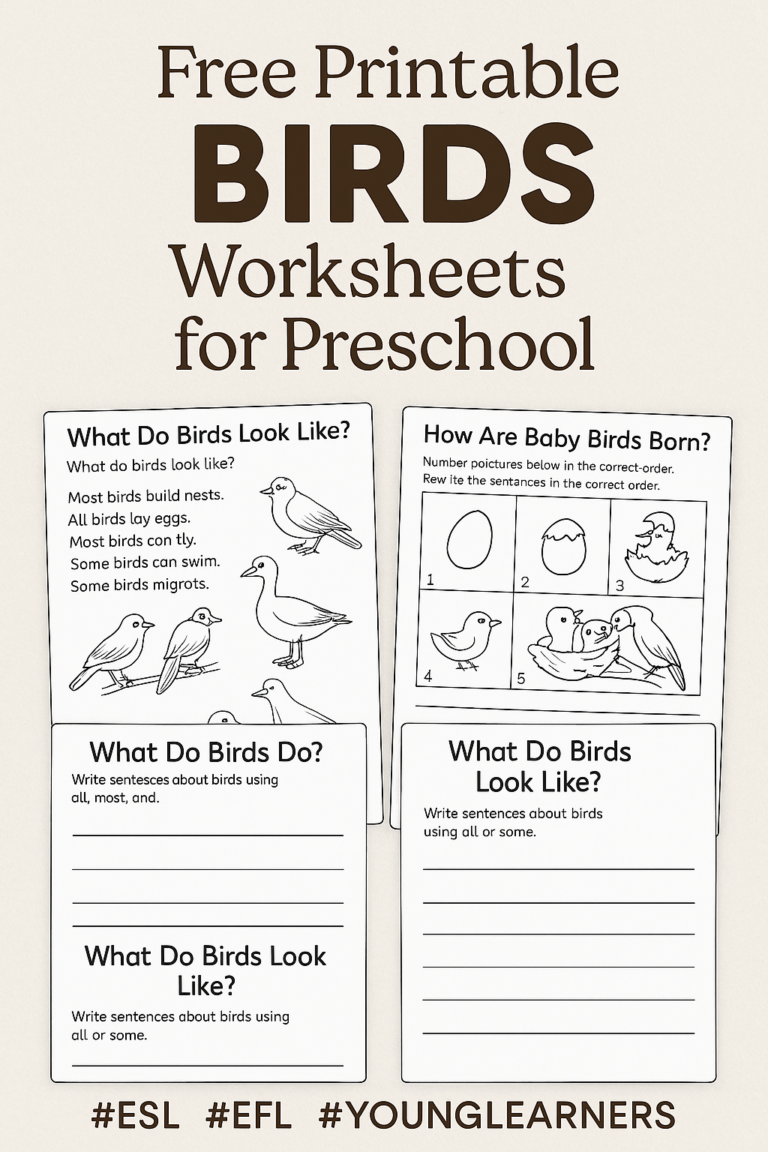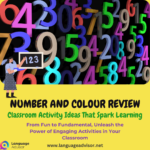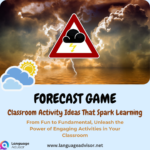“HOW ARE YOU?” GESTURE GAME. Classroom Activity Ideas That Spark Learning. From Fun to Fundamental, Unleash the Power of Engaging Activities in Your Classroom
“HOW ARE YOU?” GESTURE GAME

“HOW ARE YOU?” GESTURE GAME. Classroom Activity Ideas That Spark Learning
Every teacher knows that a dynamic and engaging classroom is the cornerstone of effective education. To keep the learning environment vibrant and inspiring, it’s essential to incorporate innovative classroom activities that capture students’ imaginations and enhance their educational experience. In this blog post, we’re excited to present a treasure trove of creative and versatile classroom activity ideas that cater to a wide range of subjects, grade levels, and teaching styles. Whether you’re a seasoned educator looking to revamp your teaching strategies or a new teacher eager to make a memorable impact, these activity ideas will breathe new life into your classroom. So, let’s embark on this educational journey and explore a world of exciting possibilities that will make learning not just informative but unforgettable.

“HOW ARE YOU?” GESTURE GAME
Target Group: 3rd-6th year
Difficulty Level: Basic Conversation
Activity Objective: To practice asking “how are you?” and replying with various responses
Procedure
Before you play this game with your students, start by practicing the responses to the question, “How are you?” while doing various gestures that represent different feelings (e.g., crying for sad, stomping for angry, yawning for tired, etc). To initiate the game, distribute three point cards to each student.
Encourage the students to interact with their classmates, engaging in “rock, paper, scissors” matches. The winner of each match should ask the losing student, “How are you?” and the losing student responds by portraying a gesture that reflects their current mood. The winning student’s challenge is to correctly guess the gesture, and if they succeed, the losing student must give the winning student a point card. The student with the most point cards at the end of the game wins.
For instance: Winning student: “How are you?” Losing student: “I’m…” (gestures being sad). Winning student: “SAD!” The losing student then awards one point card to the winning student.
Materials and Preparation
3 point cards per student – You can design your point cards however you like but the ones I made for this lesson all have different types of emoticon faces on them. The students really enjoyed seeing all the different silly faces and were quite competitive on collecting the faces they liked.
Making a large number of point cards can be tiring and are easily torn if they are not laminated. If you have a small class, you might be able to make multiple decks of point cards as I have done.
However, you could also just make one deck to use in multiple lessons.
Suggestions and Advice
Some students will be shy about using English with their classmates, so always make sure you are encouraging students to use English and not their native language. Lastly, try to practice the gestures a few times beforehand as well as pronouncing the responses.

Classroom Activity Ideas That Spark Learning
In the ever-evolving landscape of education, the role of teachers is not just to impart knowledge but also to inspire, engage, and empower their students. The classroom activities we’ve explored in this blog post are more than just tools for teaching; they are catalysts for transformation. They have the potential to ignite a passion for learning, foster critical thinking, and build meaningful connections among students.
As educators, we are tasked with shaping the future, and these activities are powerful tools in our arsenal. By embracing innovation and adopting creative approaches to teaching, we create environments where students not only learn but also thrive.
So, whether you’re a seasoned teacher looking to rejuvenate your classroom or a new educator embarking on your teaching journey, remember that every activity you introduce is a chance to make a lasting impact. Keep experimenting, keep adapting, and keep kindling the flames of curiosity and knowledge within your students.
The possibilities are endless, and the future is brighter because of the dedication of teachers like you. Thank you for your commitment to the world of education and for seeking out ways to spark learning in your classroom.
Together, we can continue to inspire the leaders, thinkers, and innovators of tomorrow.

Also check out these articles on teaching, teaching methods and teaching tools


